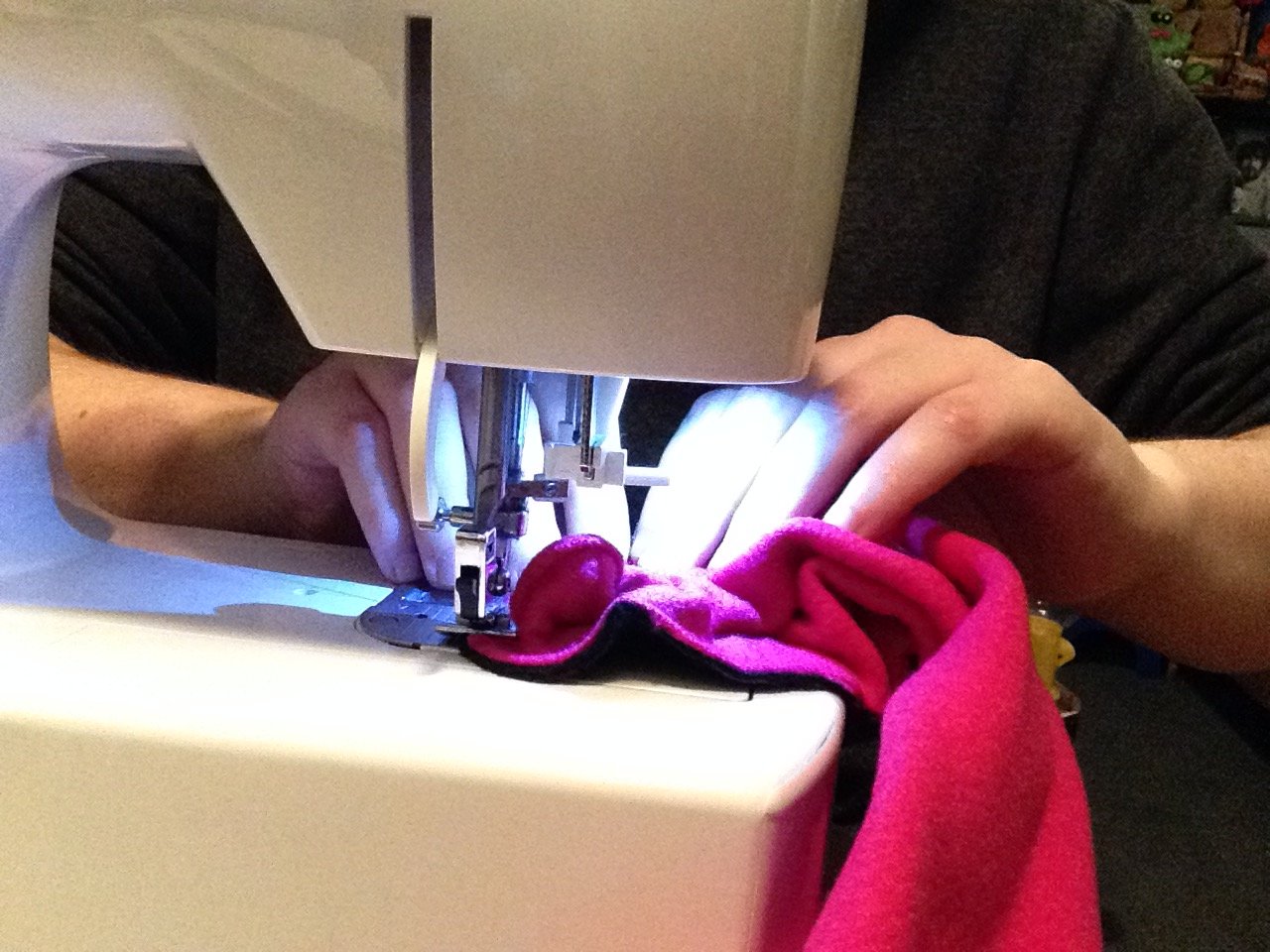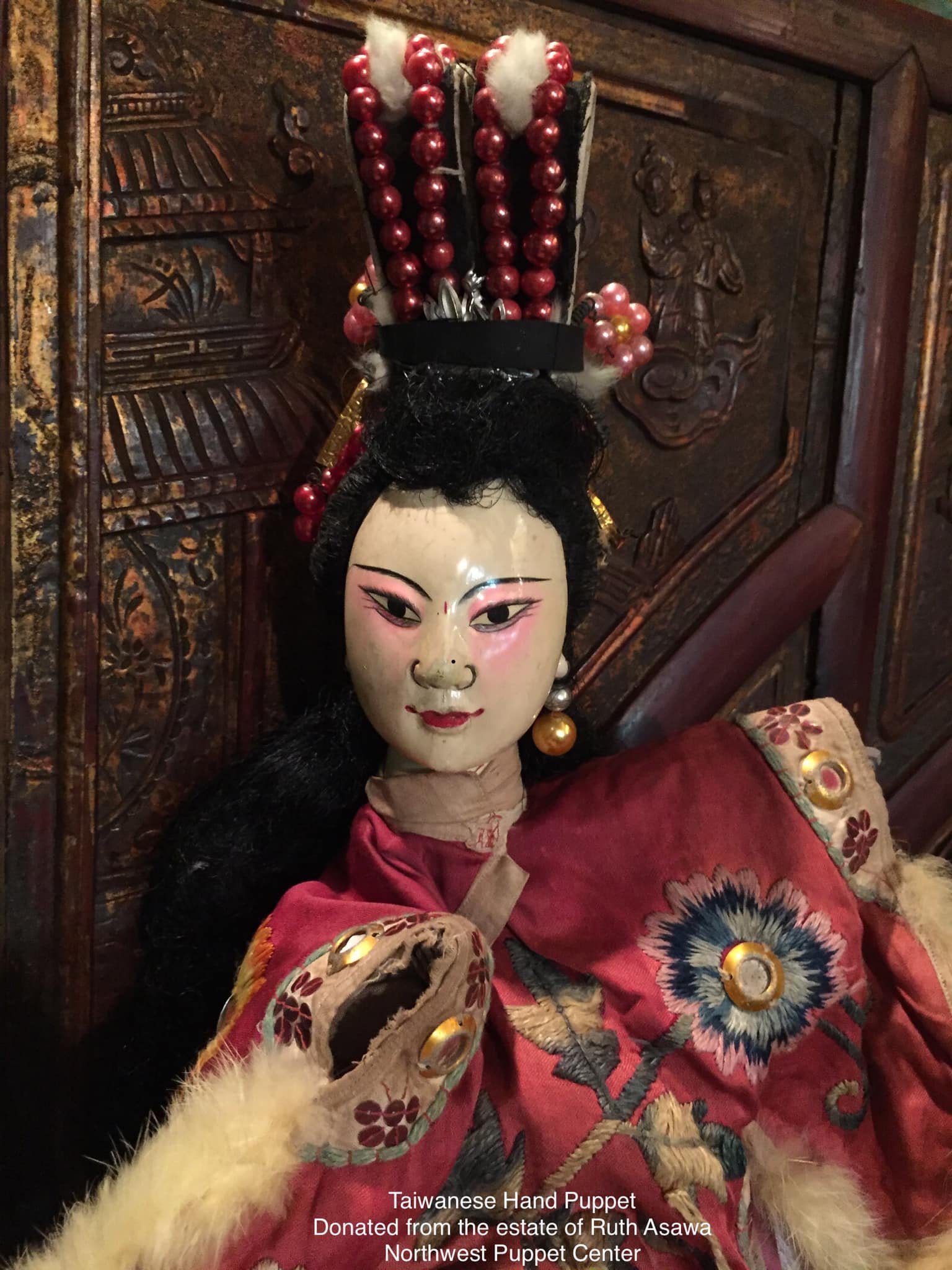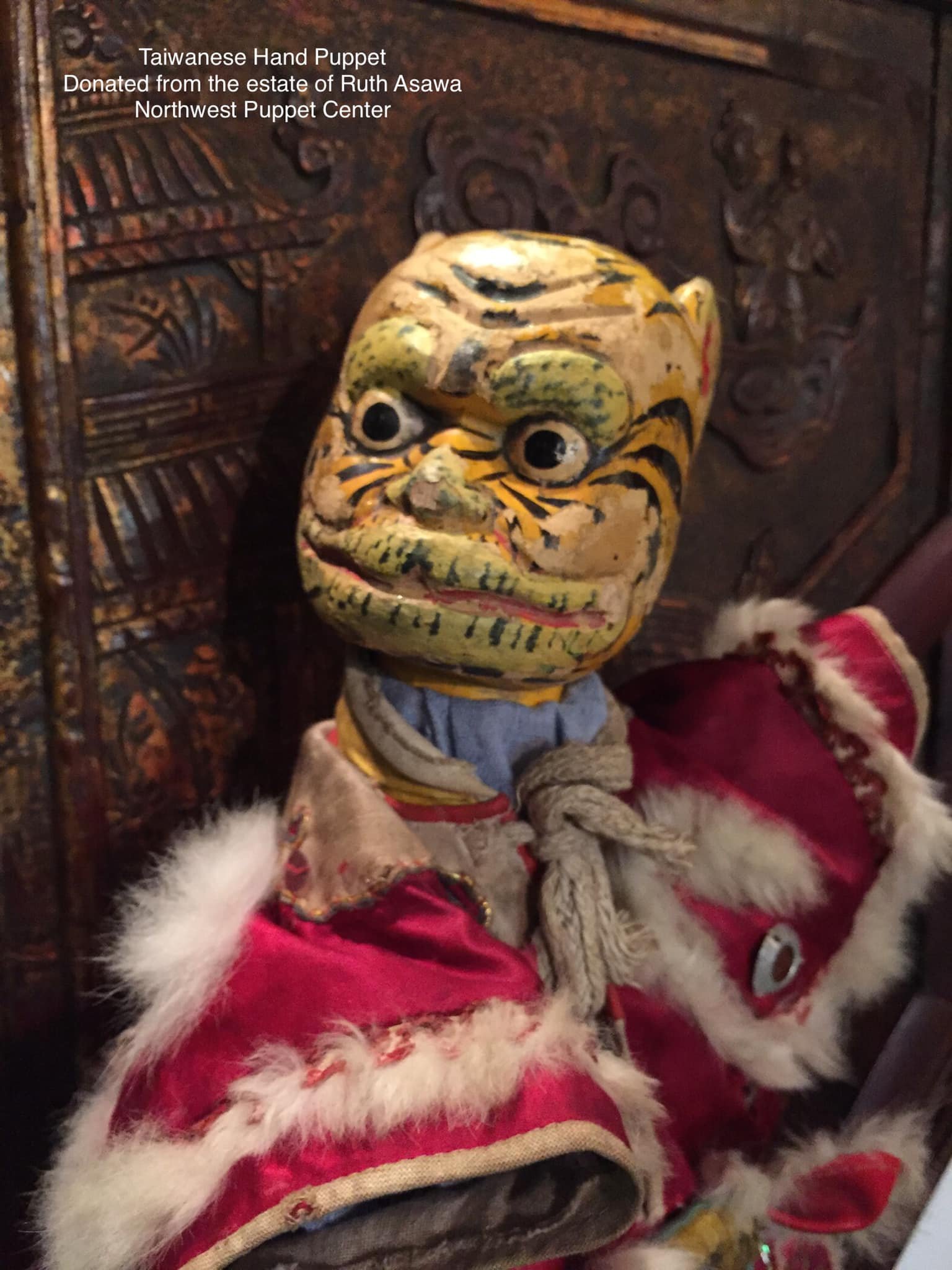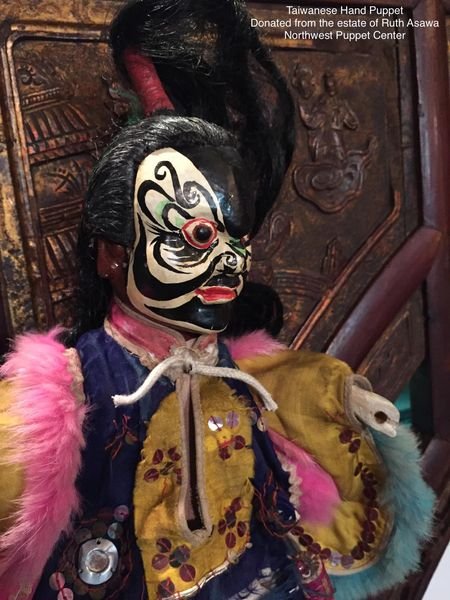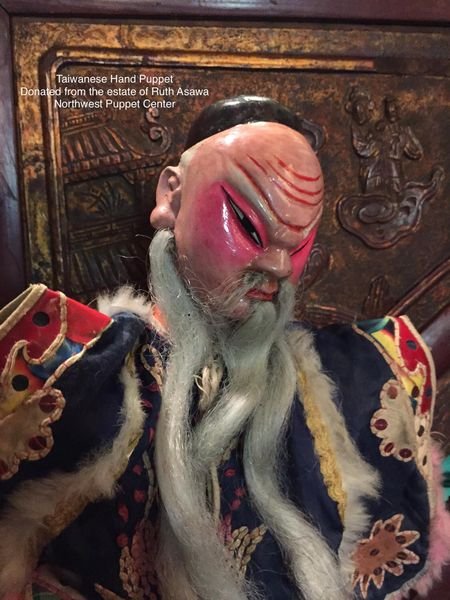CREATORS’ CORNER
A new space to share ideas, tips, tricks and clever ways to promote your creativity.
Simple ideas are the beginning of a design that is yet to blossom.
Everything created began with a thought!
We hope to provide some interesting information, stories and anecdotes for your reading pleasure.
We are working on an opportunity for puppet artists to show their ‘stuff’ and be granted the chance to support a non-profit of their choice.
(puppet related non-profits or variety arts are preferred, but any is allowed once vetted for authenticity)
Our goal is to encourage and promote interesting puppet art, recognize talented individuals and share the love.
⭐All ages - levels may participate
⭐Donation Prize levels
(goes to your choice of non-profit)
1st $600
2nd $300
3rd $100
⭐Bonus gift choice for winning participants
(valued at $100)
Limited to the first 20 entries received
New or existing, original, and functioning artwork
(not a work in progress)
Submit photo, video and story behind creation
Include small story about yourself (bio)
All puppet styles welcome
Deadline for submission - December 20th
Panel of judges decide outcome
Decision to be made January 31st
Email information, photos etc. to ROSE@MDFPA.COM
⭐⭐MDFPA is not eligible to receive the donated prize⭐⭐
CREATORS’ CORNER is designed to provide a way to learn, share and bring your passion to the forefront. While industry folks may learn a thing or two, novices and laymen are also intrigued by the inner workings of your designs. “So that’s how they do that” is a statement that reflects that level of curiosity. This curiosity leads to seeking answers, which helps take the mystery out of finished products and bring about a deeper appreciation for your craft. It also helps pass the torch and keep art alive.
Don’t hide your light under a basket… let it shine!
Smith Handerson
Here’s a glimpse of me working on some of my simple mouth puppets that I sell. I’ve included steps and photos in the right order to match the steps.
I sew a puppet body and mouth using a sewing machine. I’ll sew the arms by machine as well. I’ll then attach a plastic mouth plate onto the inside of the puppet mouth to give it more structure.
After filling the arms with some stuffing, I’ll hand sew them to the body.
Then it’s time to start attaching the facial features using hot glue.
Here I am (totally not posing for a photo) attaching the eyes. (I must have sewn the arms on this puppet on after taking this photo).
Often I’m making more than one puppet at once. Here I am hot glueing nostrils (tiny pom-poms) to a cute little dragon puppet’s face. The green scales were made on a sewing machine and then hand sewn onto the puppet’s back.
When a puppet needs hair, I typically use high quality fake fur. I’ll cut out a piece of fake fur and very carefully hot glue it on (in this case, on the chin to make a beard which I’m trimming in this photo). Then the puppet is all finished.
Best Wishes,
Smith Handerson (LEROY WUZ HERE)
Dmitri Carter
Current projects -
“Shady Characters: An Exhibit of International Shadow Puppetry Traditions" is on display at Northwest Puppet Center through the end of May 2023.
Northwest Puppet Center was recently invited to present a weeklong intensive carving class in the mountains of Appalachia at Campbell Folk School.
More exhibits and programs are underway for 2023-2024.
Our 2022-2023 exhibit at Taiwan Potehi Institute was a great success with generous support from Taiwan Ministry of Culture and a bilingual publication came out in conjunction. Third generation Francisco Carter was the curator of the exhibit and author of this publication.
BIO:
Dmitri Carter has been a professional puppeteer since childhood. He is the youngest founding member of Carter Family Marionettes. Currently serving as Director, Dmitri has played an important role in developing Seattle’s Northwest Puppet Center. In addition to local activities, touring has taken him around the world including stints in Uzbekistan, Mexico, Austria, Germany, Japan, China, and across the US. The family’s work has been honored with three “Citations of Excellence in the Art of Puppetry” from the American chapter of Union International de la Marionette (UNIMA-USA).
During second and third grade, Dmitri lived with his family in Romania where his father was studying puppetry on a Fulbright Fellowship. Upon returning to Seattle, he and a few fellow students established a successful pottery program at Summit Alternative School. At age 16, Dmitri attended a special program resulting in combined high school and college graduation, both with honors. In college, he studied two years of Mandarin, served a term on student government and served on tenure committee for Cultural Anthropology and Ethnic Studies Professor Naajma Rizvi.
Dmitri began full-time at Northwest Puppet Center in 1996. 2001 marked the start of a decade with marionette operas produced annually. Tom Thumb was recognized in Top Ten of 2006 by Seattle Post Intelligencer and was featured amongst “top-notch opera productions around the world” by Washington D.C. based IonArts. Also in 2006, the Carter Family production of Haydn’s The Burning House played to sold out crowds at Musikfestspiele Sanssouci, receiving praises from critics in Potsdam and Berlin. Dmitri has also participated in numerous collaborative productions including a water puppetry spectacle with Chinese master puppeteer Yang Feng, adaptations of Northwest Coast legends shared by Elders of the Makah Tribe, and The Kennedy Center commissioned production, Cathay – 3 Tales of China, directed by Ping Chong.
In addition to performing, Dmitri has become knowledgeable about puppet history and traditions. In 2003, UNIMA-USA presented him with an International Scholarship to study the marionette tradition in Quanzhou under acclaimed master Huang Yi Que. In 2005, he was the only puppetry specialist to participate in Museum Loan Network, a national initiative established and funded by The Pew Charitable Trusts and The Knight Foundation. The same year, Dmitri was elected board member for UNIMA-USA and he continues to serve as a Councilor. In 2008, Dmitri was one of 5 artists in America selected by Japan-U.S. Friendship Commission for The Creative Artist Fellowship, a joint effort of NEA and Japan’s Ministry of Culture. He spent 5 months in Nagoya developing new skills, witnessing puppetry traditions and meeting colleagues. In 2009, “Puppetry International” published their first list of “40 under 40” and Dmitri was honored to be there along with 39 fellow puppeteers from around the world.
Recent years have focused on transporting and organizing a massive contribution of puppets, The Cook/Marks Collection. Dmitri has curated new exhibits every year for the past decade but he also continues to teach masterclasses and create new works. Inspired by a commedia style script by Perry Dilley, Dmitri built a solo burattini show, Columbina’s Birthday, in 2015. In 2016, Dmitri directed a puppet production of Liberation of Ruggiero from the Island of Alcina at Caine College for the Arts which brought together over 100 students from visual arts, drama and music departments.
Dave Herzog
Building a wooden marionette
In the beginning...
1️⃣The basic design on graph paper.
2️⃣The paper patterns traced and cut out.
3️⃣The patterns laid out on the wood blocks. Note: there is a top and side pattern for each part.
4️⃣I've cut the top pattern on each block. Note I have not discarded the cut wood. That is because I will temporarily glue the pieces back together with hot glue and then cut the side patterns.
5️⃣The blocks have been glued back together with small dots of hot glue. I am now prepared to cut the side patterns.
6️⃣The body is now ready to start carving each individual piece on the belt sander.



